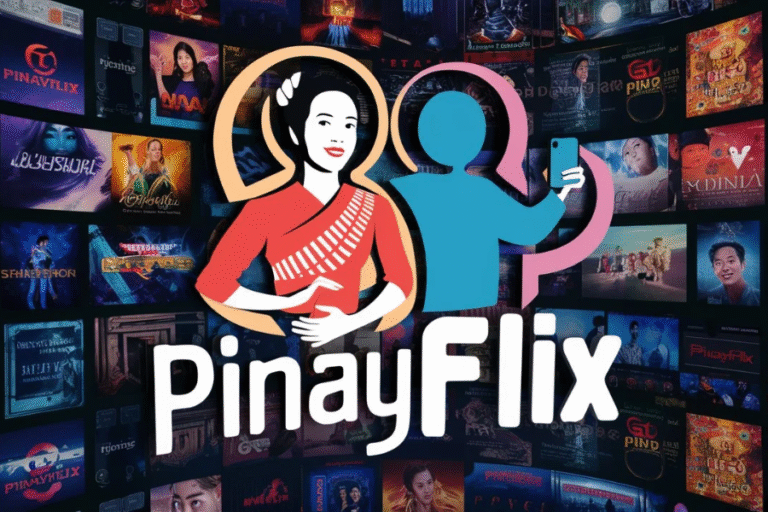How AI Is Quietly Reshaping Everyday Life
Artificial Intelligence (AI) often brings to mind futuristic robots, massive tech corporations, or complex coding systems — but in reality, AI has already embedded itself into the most ordinary parts of our lives. It’s not just in laboratories or sci-fi movies. It’s in our phones, our homes, our shopping habits, and even our conversations. And the most fascinating part? Most of the time, we don’t even notice it.
AI isn’t always loud or flashy. Often, it works silently in the background, analyzing, recommending, predicting, and improving our experiences. From the moment you wake up to the moment you go to bed, artificial intelligence plays a role in shaping your day.
So, how exactly is AI quietly reshaping everyday life? Let’s take a closer look.
Waking Up: AI in Your Morning Routine
Your day might start with an alarm on your smartphone — an alarm that gets smarter over time. Some alarm apps use AI to learn your sleeping patterns and wake you up at the optimal time during your sleep cycle. If you use a fitness tracker or smartwatch, AI is analyzing your heart rate and movement while you sleep, delivering insights into sleep quality and suggestions to improve rest.
As you grab your phone, AI is already curating the news you see, the weather forecast for your location, and even traffic updates based on your usual commute. If you ask a virtual assistant like Siri, Alexa, or Google Assistant to read your schedule, play music, or turn on the lights — that’s AI, too.
At Work: AI Boosting Productivity Behind the Scenes
Whether you’re working from home or in an office, AI is likely involved in many of your tools. Email platforms now use AI to suggest replies, detect spam, or automatically sort your messages. Applications like Google Docs or Grammarly provide smart writing suggestions, auto-correct grammar, and even suggest better phrasing — all powered by AI.
Virtual meetings often use AI to enhance audio quality, add live captions, or generate meeting summaries. And in team collaboration tools like Slack or Microsoft Teams, AI helps streamline workflows, set reminders, and surface the most important messages.
Even search engines like Google don’t just serve up results anymore — they predict what you’re looking for before you finish typing, based on your habits, trends, and context.
Shopping Smarter: How AI Knows What You Want
AI has revolutionized how we shop. From personalized product recommendations to dynamic pricing, machine learning algorithms are constantly learning from your behavior. The products you see on Amazon, the ads that follow you across social media, the outfit suggestions on your favorite clothing app — they’re all powered by AI.
Grocery apps now use AI to remember your frequent purchases and suggest a weekly shopping list. Some even use image recognition to let you scan items and find them instantly online.
Even customer service has been reshaped. Instead of waiting on hold, many brands now use AI chatbots that can instantly answer common questions, guide you through purchases, or even help process returns.
At Home: Smart Living Powered by AI
Smart home technology is one of the most visible ways AI is reshaping daily life. Thermostats like Nest learn your preferences and adjust temperatures to save energy while keeping you comfortable. Smart lights adjust based on your routine, and robotic vacuum cleaners like Roomba map your home to clean more efficiently.
Voice assistants connect everything — from your TV and music system to your security camera and coffee maker. Over time, they learn your habits and become more responsive to your commands.
In the kitchen, AI-powered appliances are now able to suggest recipes based on the ingredients in your fridge or even help you cook meals step-by-step with voice guidance.
Entertainment and Content: Curated by AI
Whether you’re watching Netflix, browsing YouTube, scrolling TikTok, or listening to Spotify, AI plays a central role in what you see and hear. These platforms use machine learning to track your preferences and personalize recommendations. That’s why your YouTube homepage looks different from someone else’s, even if you both searched the same topic.
AI doesn’t just recommend — it’s now helping create content, too. From deepfake videos and synthetic voices to AI-generated music and visuals, the creative industries are undergoing a quiet transformation.
Even in news consumption, AI is deciding which headlines show up in your feed, which stories are pushed to your notifications, and how content is ranked.
Health and Fitness: Personalized Wellness with AI
In the health space, AI is making fitness more personal. Apps like MyFitnessPal or Fitbit use machine learning to tailor your workouts, track your calories, and even suggest lifestyle changes based on your goals and history.
Some AI-driven health apps can now detect irregularities in your heart rate or oxygen levels and alert you before a potential issue becomes serious. Virtual health assistants can check symptoms, suggest next steps, or connect you with a healthcare professional.
Even during the COVID-19 pandemic, AI played a role in vaccine development, contact tracing, and predicting outbreak trends — often behind the scenes.
On the Road: AI in Transportation
Even if you don’t drive a Tesla, AI might be helping you commute. Google Maps and Waze use real-time traffic data, crowd-sourced updates, and AI algorithms to help you avoid traffic and reach your destination faster.
Ride-sharing apps like Uber and Lyft use AI to match drivers and passengers, calculate pricing, and find optimal routes. AI is even starting to appear in public transportation — from predicting arrival times to managing city-wide traffic flow more efficiently.
And yes, self-driving cars are still developing — but many newer vehicles already include AI-driven safety features like lane assist, adaptive cruise control, and emergency braking.
Financial Life: Smart Money with AI
Banking and finance have also quietly adopted AI. Fraud detection systems analyze millions of transactions in real-time to flag unusual activity. Robo-advisors use AI to build and manage investment portfolios based on your financial goals.
Budgeting apps categorize your spending, predict future expenses, and suggest ways to save — all using AI. Even applying for loans or credit cards increasingly involves algorithms that assess risk, often faster than any human could.
The Ethical Question: Is Quiet AI Always a Good Thing?
As helpful as AI is, it’s important to acknowledge the quiet concerns that come with it. When AI decides what news you see, what ads you’re shown, or what products you buy — it also holds influence over your decisions.
Privacy is a major concern. AI needs data to function well, and that often means collecting personal details. Understanding how your data is used, and who controls it, is essential.
Bias is another issue. If the data AI learns from is flawed or biased, its decisions can be too — sometimes in ways that affect hiring, justice, or access to resources.
So while AI makes life easier in many ways, we must also stay informed, critical, and thoughtful about how it’s used.
Final Thoughts: AI Is Here — Quietly, Powerfully, and Permanently
The truth is, AI isn’t coming. It’s already here. And it’s not just reshaping the world in big, dramatic ways — it’s doing so in quiet, subtle ways that touch nearly every corner of daily life.
From the moment you wake up to the moment you fall asleep, AI is working in the background. It’s helping you stay organized, entertained, informed, and connected. The more we understand its presence and power, the better we can use it wisely — and make sure it continues to serve us, not control us.
In the end, the real power of AI lies not in replacing humans, but in helping us become more efficient, more aware, and more focused — even if we don’t always see it working behind the scenes.





